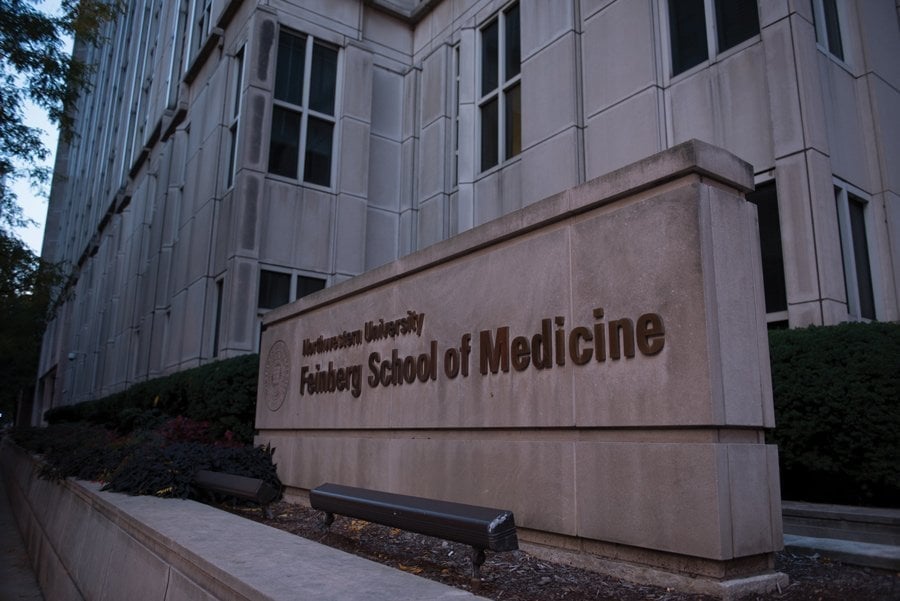The new year is bringing in new research. Over the Winter Recess, Northwestern researchers continued to utilize the $1.05 billion allocated to research funding for the 2024 fiscal year. The Daily compiled a list of these new developments across genetic testing, technology and engineering.
Scientists develop new computer technology to detect neonatal abnormalities
Northwestern Medicine scientists developed PlacentaVision alongside Penn State researchers. This computer program utilizes placenta imaging and artificial intelligence to help doctors analyze placentas immediately after birth and identify potential infection in both mothers and newborns.
Although the placenta provides essential nutrients and oxygen flow to fetuses, it often receives little examination after birth. A rapid tool like PlacentaVision could allow physicians at low-resource hospitals to act quickly in reducing postpartum complications, and well-resourced hospitals could use the technology to perform significantly more detailed examinations.
Unlike traditional imaging methods that rely solely on MRI or ultrasound images, PlacentaVision connects visual features and textual descriptions with a contrastive learning approach. Researchers hope to refine this technology and integrate it into a bedside mobile app that could analyze placentas in real-time.
Researchers discover hidden genetic interactions that drive Parkinson’s disease
Parkinson’s disease affects more than six million people globally, and researchers have studied over 90 genetic risk variants through genome-wide association. However, these studies leave a gap in understanding the heritability of the disease. NU researchers predicted that this gap could be explained by epistasis, the statistical interaction between two or more genetic variants.
Using data from 14 patient cohorts, the team discovered 14 interactions between genetic variants that significantly increase the risk of having Parkinson’s. To analyze these groups, they developed the VARI3 screening pipeline, which assesses the impact of genotype combinations on the risk of complex disorders. Their findings could pave the way for new techniques to predict who is at risk for Parkinson’s and guide new treatments.
Engineers complete the first demonstration of quantum teleportation
Every time someone sends a text message, streams a video or uses a search engine, they are using a classical communication network. But researchers are now searching for a new method of communication — quantum teleportation. In December, NU engineers accomplished what was presumed to be impossible: how to send quantum signals through fiber cables that carry regular internet traffic without interfering with the quantum signals themselves.
What makes quantum communication special is its ability to protect information. Because the signals are so small, it is much harder for hackers to intercept them, which has piqued the interest of U.S. government agencies for military communications. The ability to transmit both quantum and conventional signals through a single cable opens up the opportunity to build more quantum networks faster and at a lower cost.
Email: [email protected]
Related Stories:
— Research Roundup: 100% frost formation prevention, new Huntington’s disease treatment
— Research Roundup: NU researchers analyze lunar soil, unravel fates of stars near black hole






